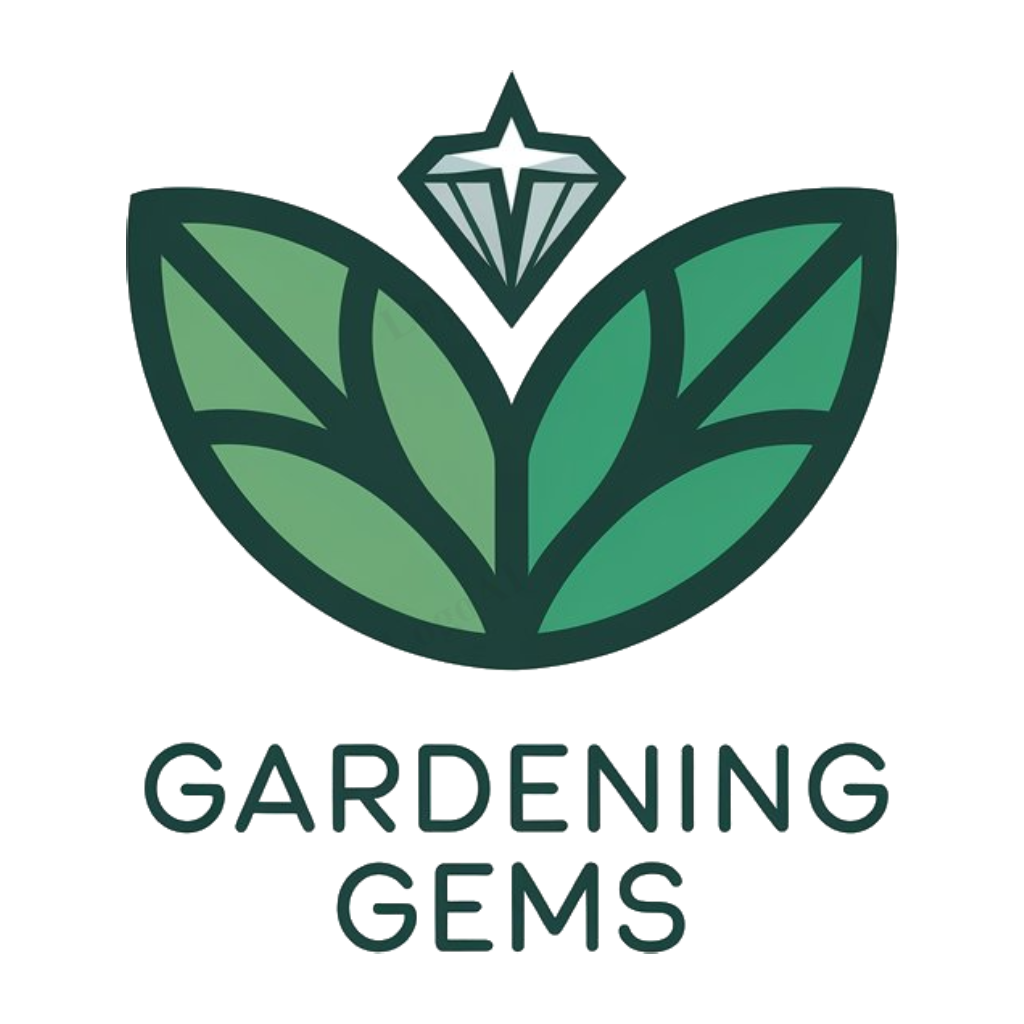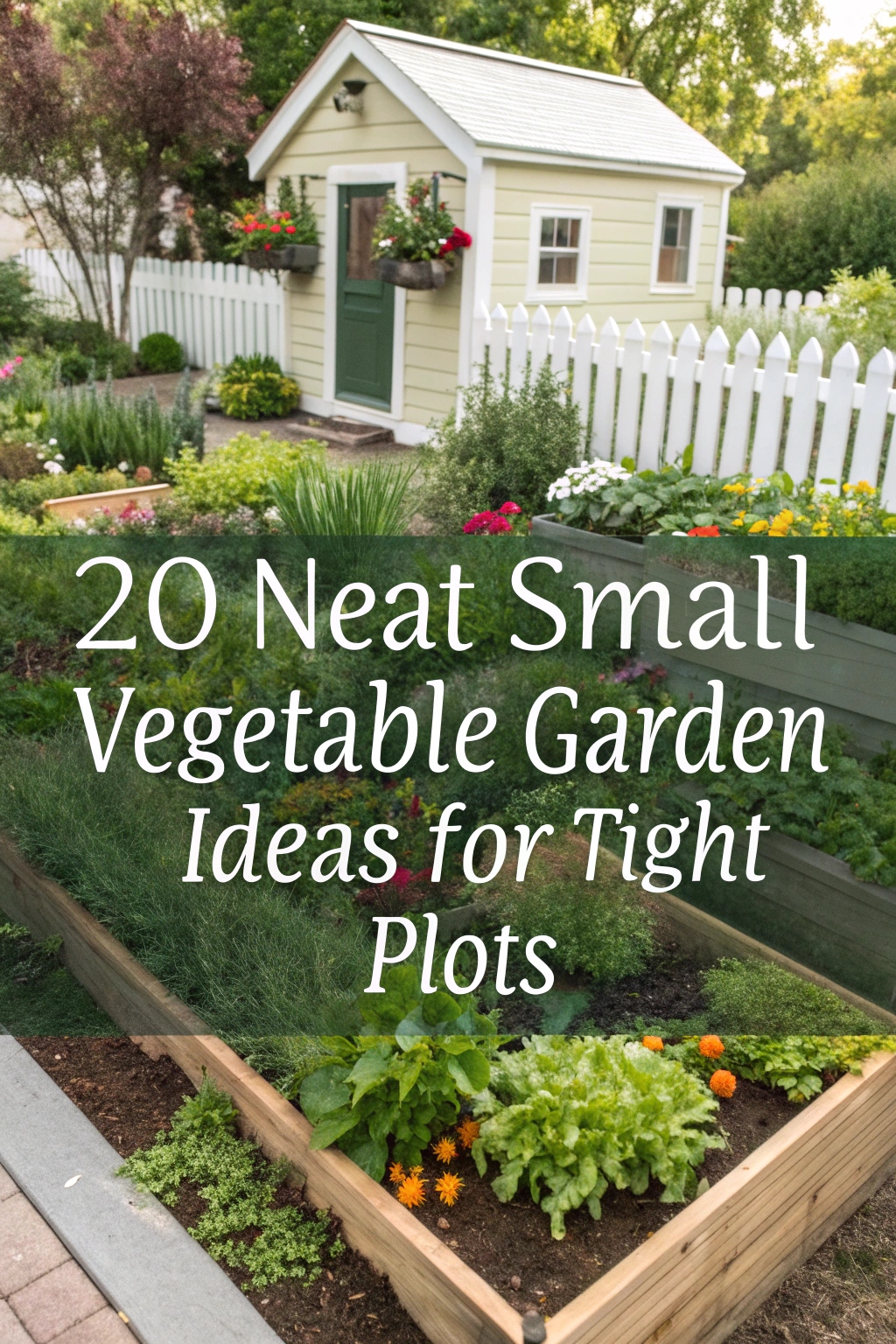Do you have a small garden? You’re not alone! More than half of the gardeners have tight plots, and they still manage to grow lots of delicious fruits and vegetables.
You can do the same, even with a tiny space. With a little planning and the right design, you can create a amazing garden that will surprise everyone. This means you can have fresh food and beautiful flowers, all in a small area.
Urban Vegetable Garden Designs

Urban vegetable garden designs maximize space in small city areas, utilizing containers, vertical planters, and trellises to grow a variety of vegetables. These designs often incorporate recycled materials and clever layouts to make the most of limited space, allowing city dwellers to enjoy fresh produce from their own backyard or balcony gardens.
Small Space Gardening Tips

Small space gardening involves maximizing limited areas with strategic plant placement and selection. Utilize vertical gardens, container gardens, and trellises to optimize space. Choose compact or dwarf varieties of vegetables to promote healthy growth and productivity in tight spaces, ensuring a bountiful harvest from even the smallest of gardens.
Vertical Vegetable Gardens
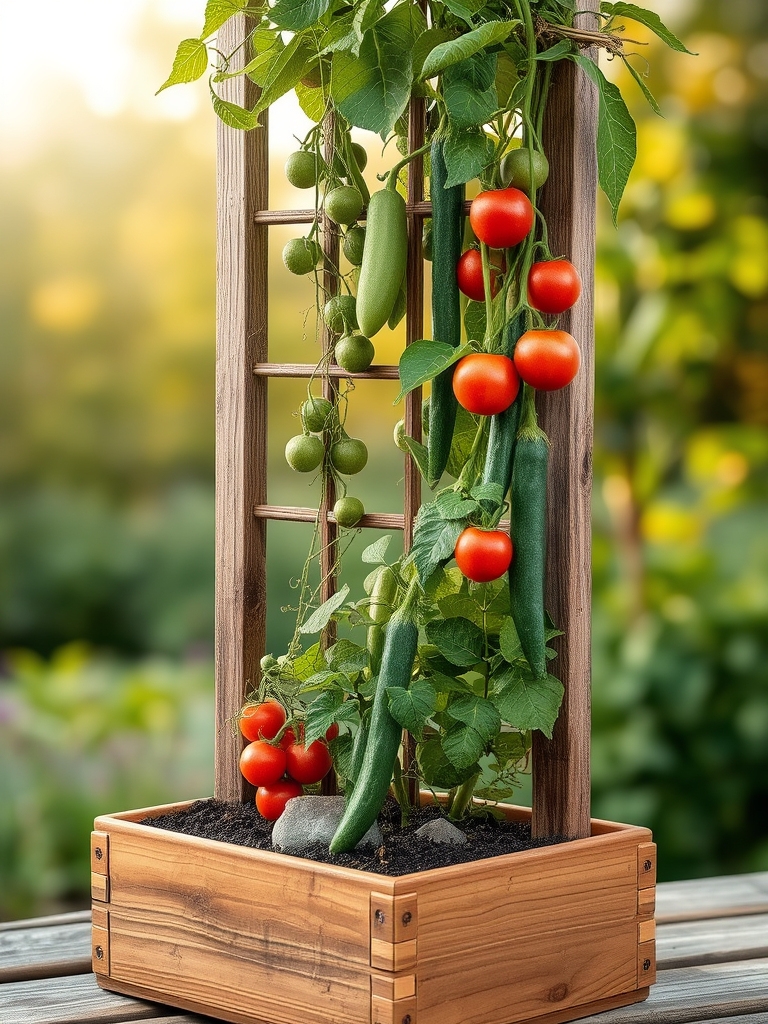
Vertical vegetable gardens maximize space by growing upwards, using trellises, arbors, or wall-mounted planters. This method is ideal for small gardens, allowing for a variety of vegetables like peas, cucumbers, and tomatoes to thrive in a compact area, increasing yields and adding visual interest to the garden.
Patio Vegetable Garden Ideas

Patio vegetable garden ideas involve utilizing small spaces to grow a variety of vegetables. Use containers, vertical planters, or raised beds to maximize space on your patio. Choose compact or dwarf varieties of vegetables, such as cherry tomatoes or leaf lettuce, that thrive in small areas and can be easily maintained.
Raised Bed Vegetable Gardens
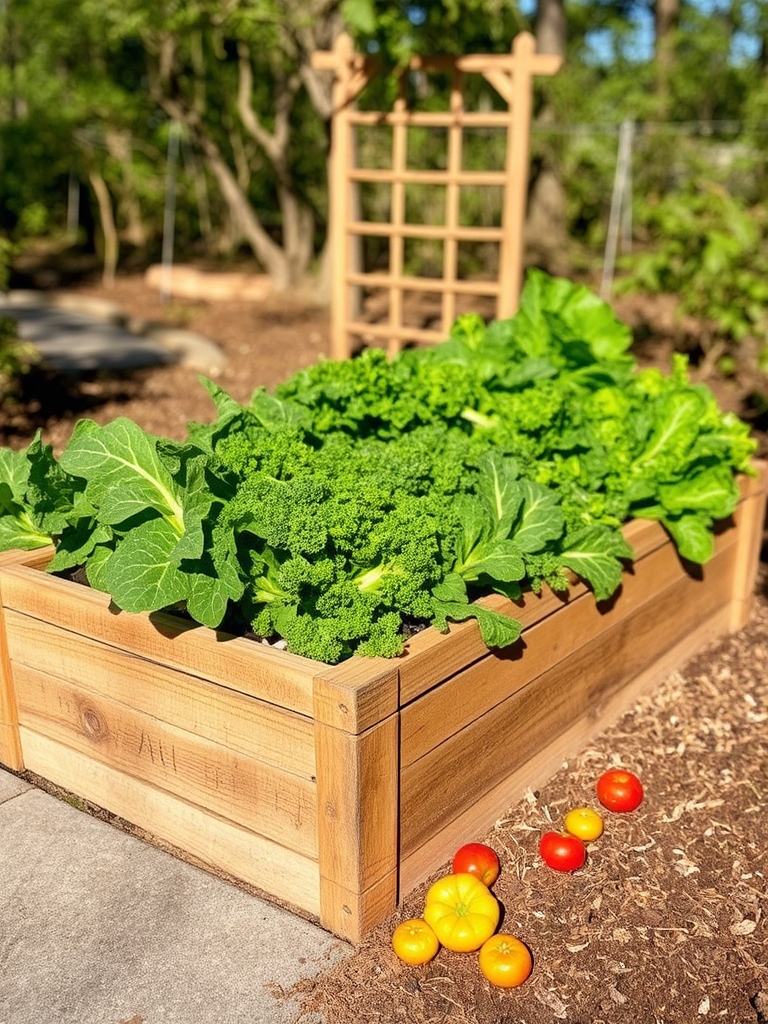
Raised bed vegetable gardens offer better drainage and soil quality, allowing for improved root growth and increased yields. They can be built at various heights, making them accessible for people with mobility issues. Raised beds also warm up faster in spring, giving plants a head start on the growing season, and can be customized to fit small spaces.
Tiny Yard Vegetable Gardening
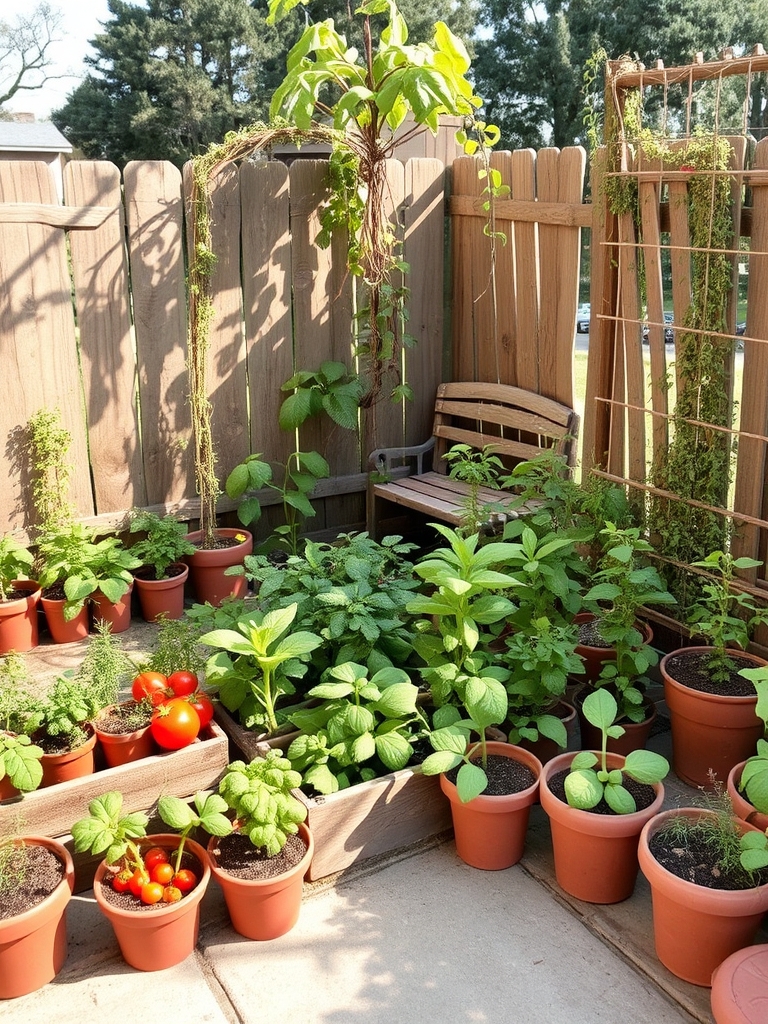
Tiny yard vegetable gardening involves maximizing space to grow a variety of vegetables. Use containers, trellises, and vertical planters to optimize area. Choose compact or dwarf varieties of plants, and consider square foot gardening to make the most of limited space, allowing for a productive harvest even in small areas.
Container Vegetable Gardening
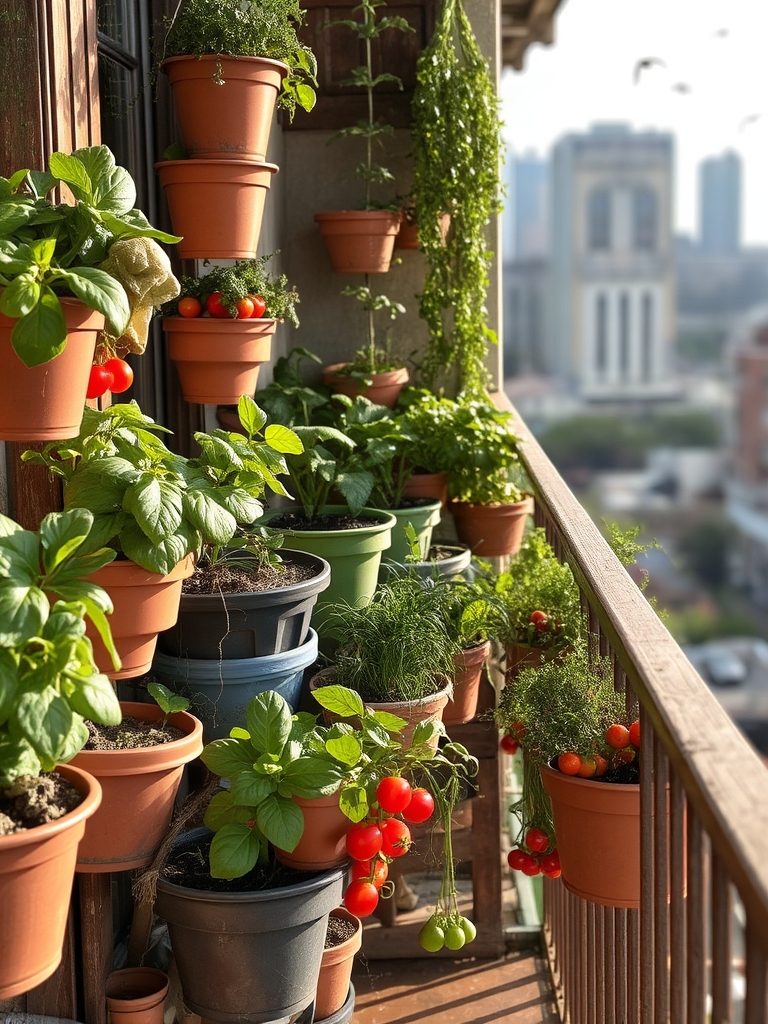
Container vegetable gardening allows for versatility and space efficiency, making it ideal for small gardens or balconies. It involves growing vegetables in pots or containers, which can be moved to optimize sunlight and soil conditions, promoting healthy plant growth and higher yields with minimal space requirements and maintenance.
Space Saving Vegetable Gardens

Space saving vegetable gardens maximize growing areas in small spaces. They utilize vertical planters, trellises, and compact varieties to increase yields. These innovative designs enable gardening in tight spots, such as balconies, patios, or corners, making it possible to grow fresh produce even in the smallest of areas. This approach optimizes space and productivity.
Backyard Vegetable Garden Designs
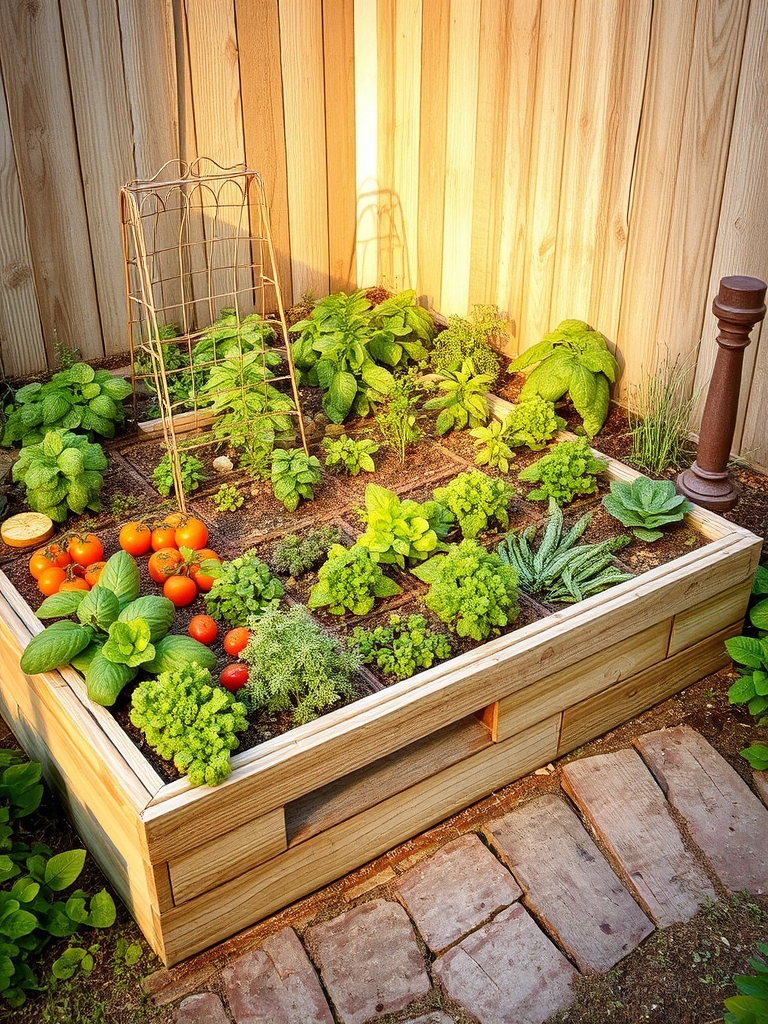
Backyard vegetable garden designs can vary from simple plots to intricate layouts, incorporating raised beds, trellises, and pathways. Consider a square foot garden or a keyhole bed for maximum space efficiency. Incorporate companion planting and crop rotation to optimize growth and reduce pests, creating a thriving and diverse vegetable garden in your backyard.
Compact Vegetable Garden Plans

Compact vegetable garden plans involve strategically arranging plants to maximize space. They often feature raised beds, vertical gardening, and companion planting to increase yields in small areas. These plans can include square foot gardening, keyhole gardens, and container gardens, allowing for a diverse and productive harvest in even the smallest of spaces.
Mini Vegetable Garden Ideas

Mini vegetable garden ideas involve maximizing space and using containers, vertical planters, or raised beds to grow a variety of vegetables in small areas. These compact gardens can thrive on balconies, patios, or even indoors, allowing for fresh produce in limited spaces. They require careful planning and maintenance to guarantee the best growth and yield.
Optimizing Small Vegetable Gardens
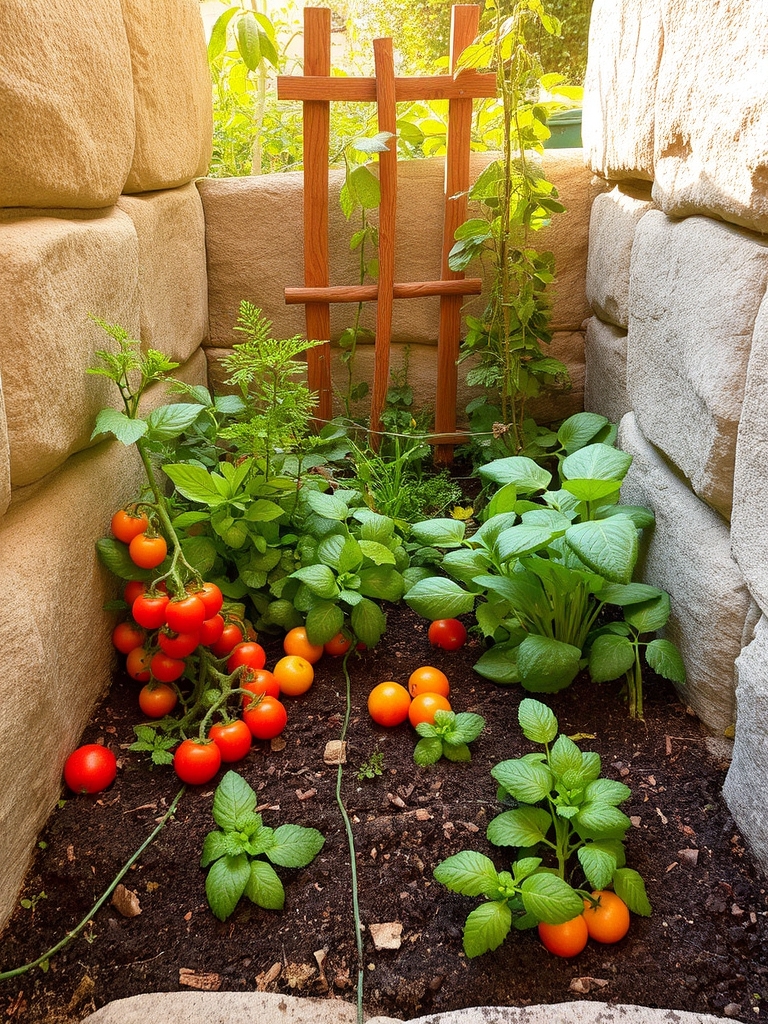
Optimizing small vegetable gardens involves careful planning and strategic use of space. This includes using vertical gardening techniques, selecting compact or dwarf varieties of plants, and implementing efficient irrigation systems to maximize yields while minimizing waste and effort. Proper crop rotation and soil maintenance also play vital roles.
Creative Vegetable Garden Designs

Creative vegetable garden designs inspire growers to think beyond traditional rows. Consider circular beds, raised planters, or tiered gardens to maximize space and visual appeal. Incorporate companion planting and vertical elements, like trellises or arbors, to add texture and encourage healthy growth, creating a unique and thriving small vegetable garden.
Small Plot Vegetable Gardening

Small plot vegetable gardening involves cultivating a variety of vegetables in a limited space, typically less than 100 square feet. This approach requires careful planning and selection of compact or dwarf varieties to maximize yields. It’s ideal for urban gardeners, balconies, or small backyards, allowing for a productive harvest despite spatial constraints.
Balcony Vegetable Garden Ideas

Maximize your balcony space with a compact vegetable garden. Utilize planters, trellises, and vertical gardens to grow a variety of vegetables like cherry tomatoes, herbs, and leafy greens. Choose compact or dwarf varieties that thrive in small spaces and require minimal maintenance, ensuring a bountiful harvest in even the smallest of areas.
DIY Vegetable Garden Projects

Create a thriving vegetable garden with DIY projects, such as building a raised bed, installing a trellis, or making a self-watering planter. Upcycle old containers like pallets or barrels to save space and reduce waste. These simple and budget-friendly projects can add personality and functionality to your small vegetable garden, increasing yields and enjoyment.
Productive Small Vegetable Gardens
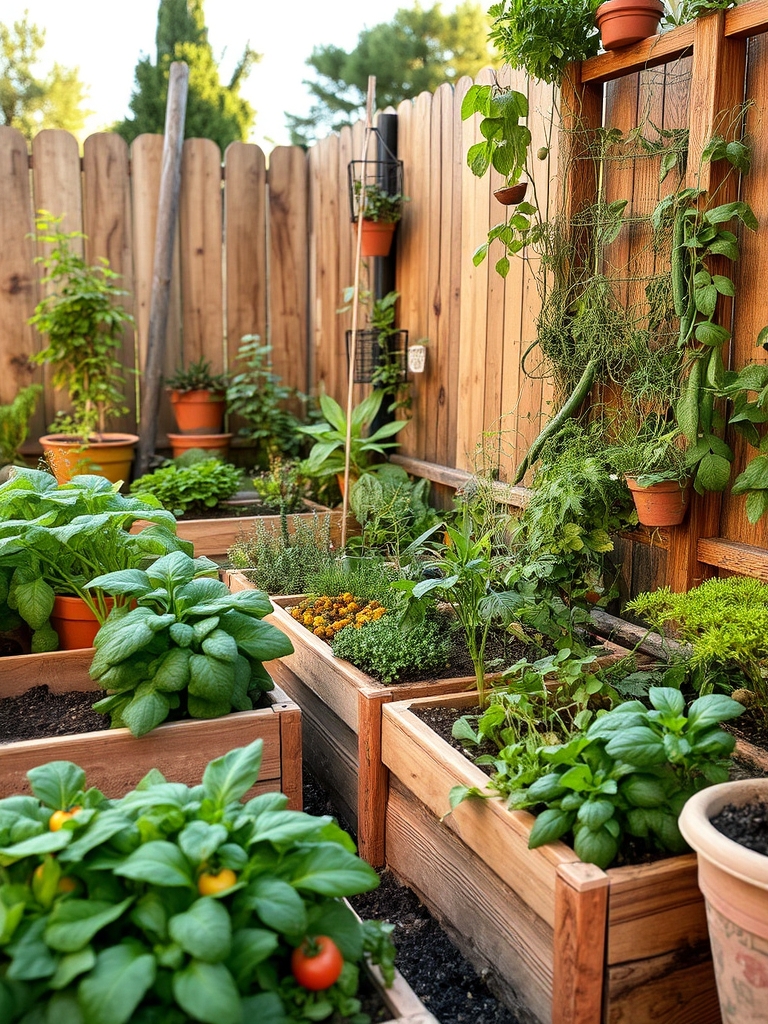
Productive small vegetable gardens maximize space with carefully chosen varieties and layouts. Vertical planters, raised beds, and compact crops help increase yields. Companion planting and succession planting also boost productivity in these limited spaces, allowing gardeners to grow a diverse range of vegetables despite their small size. Smart planning is essential.
Low Maintenance Vegetable Gardens

Low maintenance vegetable gardens require minimal effort and upkeep. They often feature drought-tolerant plants, mulch to reduce weeds, and efficient watering systems. These gardens are perfect for busy individuals or those new to gardening, allowing for a bountiful harvest with less work and worry, making them ideal for small spaces and urban areas.
Small Scale Vegetable Farming
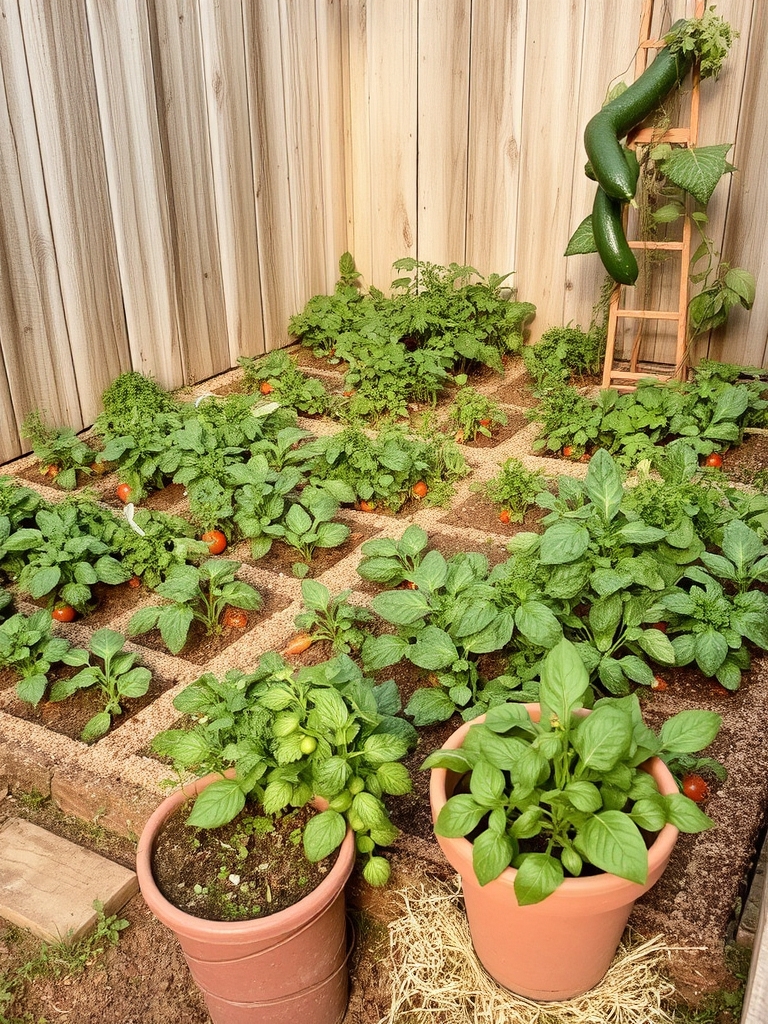
Small scale vegetable farming involves growing a variety of vegetables on a limited area of land, often using intensive cultivation methods. This approach allows for efficient use of space, reduced waste, and increased crop yields, making it ideal for small gardens, backyards, or even urban spaces with limited room for farming.
Ingenious Small Vegetable Gardens
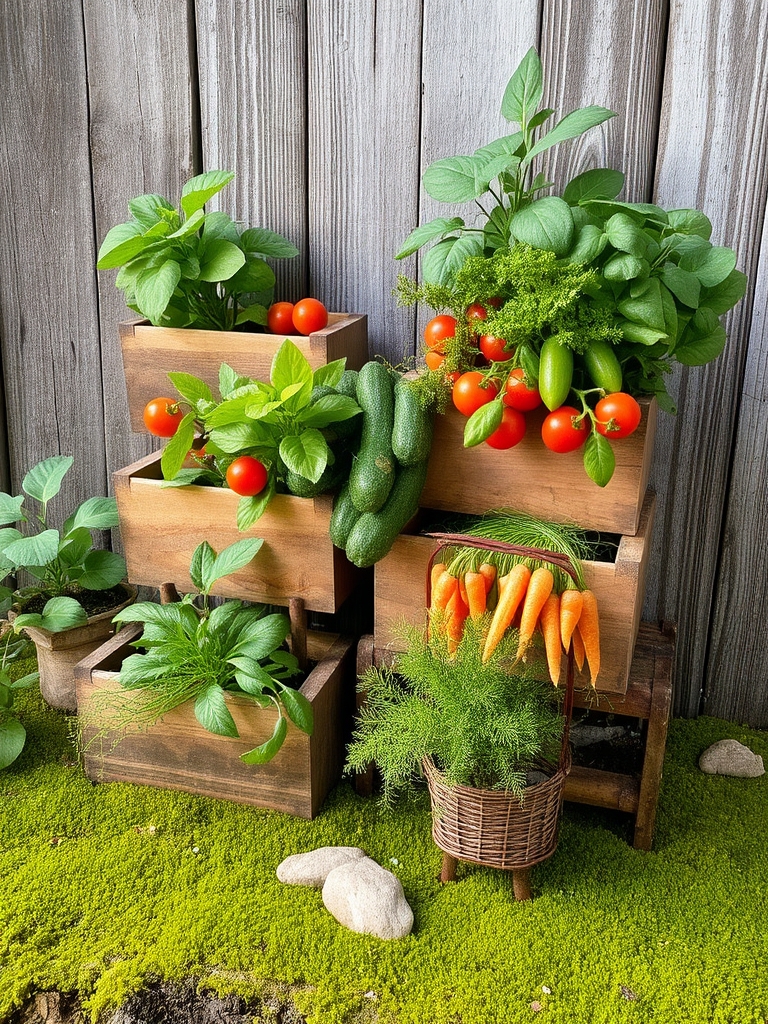
Ingenious small vegetable gardens maximize space and yields. They often feature vertical planters, tiered beds, and clever container arrangements, allowing for a diverse range of vegetables to thrive in compact areas, making them ideal for urban homes, balconies, or patios with limited space.
Conclusion
You’ll maximize your harvest with these small vegetable garden ideas. Consider a keyhole garden, like one in Seattle, where a homeowner produced 200 pounds of produce in a 4×4 foot bed, utilizing vertical planters and companion planting to boost yields, making the most of a tight plot.
